
|
Olympus E-M1 Image Samples Part 2: A closer look, various lenses |

|
My other articles related to the |
|
My daylight image sample subject is, as you might have noticed, a neighborhood lake. I only have to prepare some notes, wait for the right light, set up the tripod about 40 feet from my patio's entrance — and start shooting. If I need another lens or a filter, it is easy to fetch them.
The bright house on the opposite shore adds some challenge: it is quite easy to burn out the off-white siding; long ago I have learned to apply an exposure compensation of -0.7 EV for it, except when using longer lenses (400 mm EFL, or 200 mm in the FT standard). For this trial I have used three lenses, all I had at the moment for μFT:
I have been using these three for 18 months on an E-M5 and I really like them all, especially the 12-50, but even the economy 40-150 surprised me with good performance, and the long tele is a story by itself — a 600 mm (film camera equivalent) in a laughably small package. Here I am checking each lens at three focal lengths: both extremes and some nice value in the middle; for each length I'm going through all apertures up to F/11 (except when the largest opening does not fit into the sequence). In my previous (out-of-the-box) sample session I used exposure bracketing, not being sure if the camera's behavior here is like that of the previous models I know. It turned out to be the case, therefore I'm not bothering with bracketing here. For all pictures in this page the camera's settings remained identical, therefore I'm not going to repeat them endlessly in captions. Here they are:
The sky was cloudless, so there were no disturbing short-term variations in light, and I was shooting fairly fast: this whole sequence took just eight minutes, so that the conditions stayed the same. My samples are presented as reduced full frames at the left, and small, unaltered fragments at the right; links to whole, original image files are also provided. Just remember that in a full-pixel scale, a 16-MPix image would take about 3×4 feet (90×120 cm) at a typical screen resolution, and you are viewing the screen from a distance of just 1.5-2 ft, so any image flaws are greatly exaggerated by this presentation. This is my basic lens for use with the E-M5, and while I already have the 12-40/2.8 on order, this one may still be seeing more action because it is so nicely small and light. It is also quite good optically, and has a real macro capability (frame 36 mm across). f = 12 mm |
F/3.5 1/3200 s |
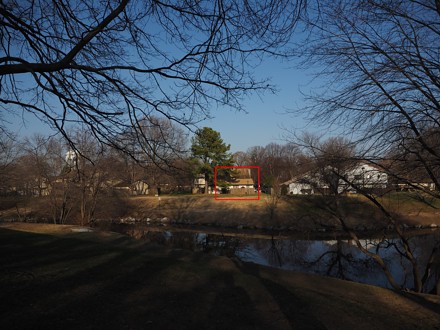
|
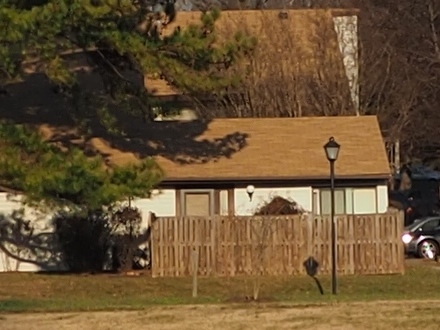
|
F/5.6 1/1250 s |
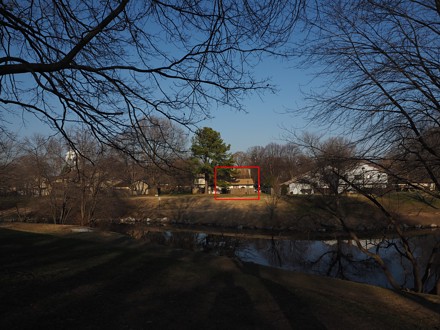
|
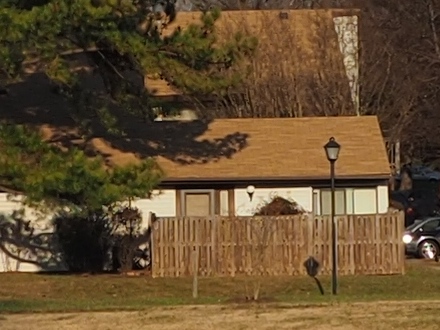
|
F/8.0 1/640 s |
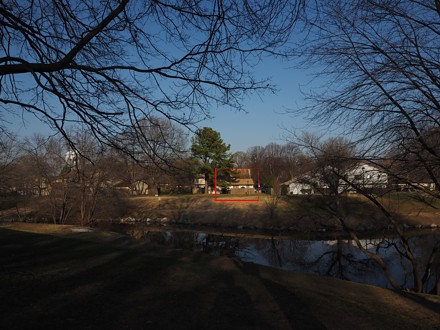
|
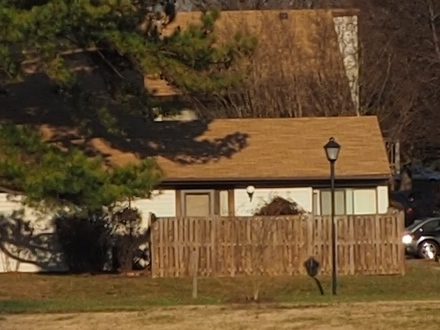
|
F/11 1/320 s |
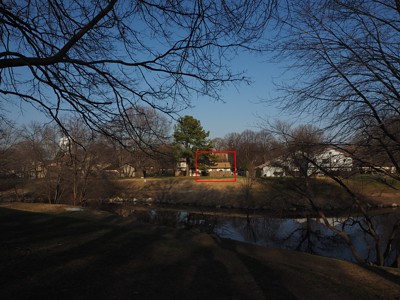
|
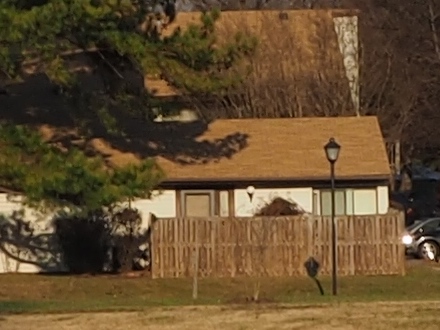
|
| Links to 12 mm full frames: F/3.5 — F/5.6 — F/8.0 — F/11 | ||
|
No surprises here: this is a solid lens/camera combination. I'm not showing the corner samples here, but check the full images is you wish. The lens is already quite sharp at full aperture, delivers best (as expected) at F/5.6 or even F/8.0, with some resolution loss clearly visible at F/11 (predictable: diffraction effects). As in Part 1: no chromatic aberration (or purple fringing), acceptable (at this viewing angle) sharpness fall-off.
After my initial experiences with the E-M1 I saw a need to reduce the in-camera image sharpening; now I can see (check branches in the top-left corner) that the -1 adjustment used here may be not enough: I think -2 will be better. f = 25 mm |
F/5.1 1/1250 s |
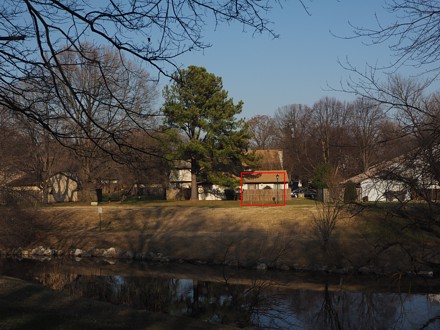
|
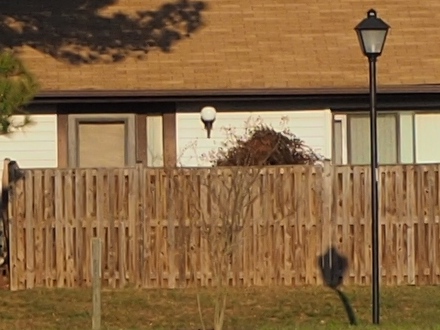
|
F/5.6 1/1000 s |
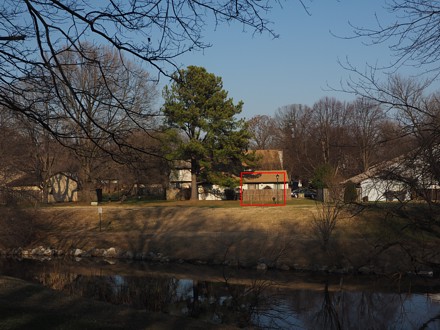
|
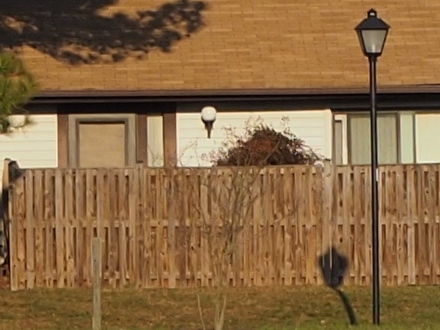
|
F/8.0 1/500 s |
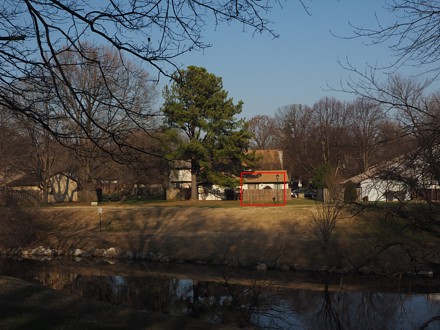
|
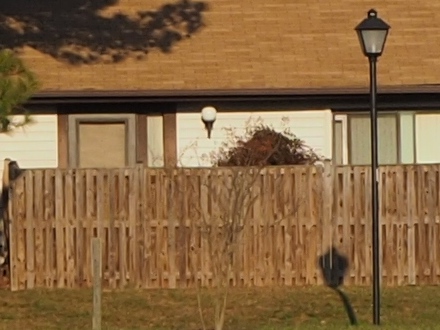
|
F/11 1/250 s |
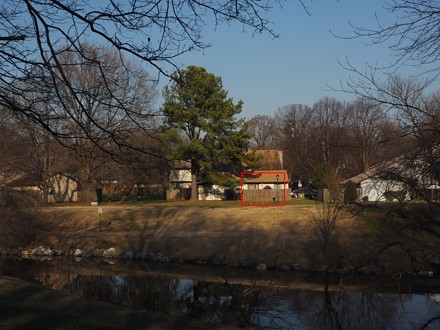
|
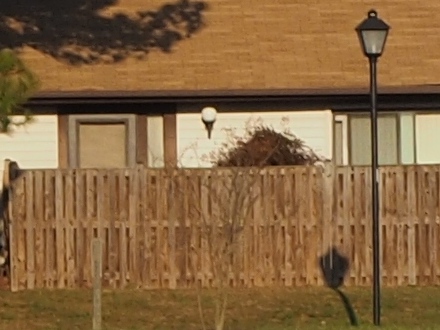
|
| Links to 25 mm full frames: F/5.1 — F/5.6 — F/8.0 — F/11 | ||
F/6.3 1/800 s |
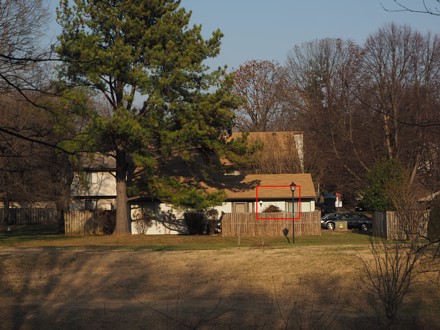
|
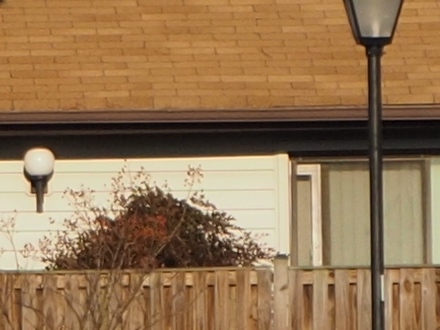
|
F/8.0 1/500 s |
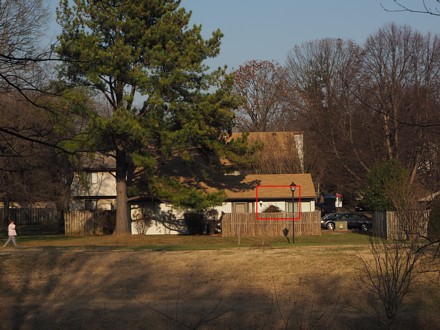
|
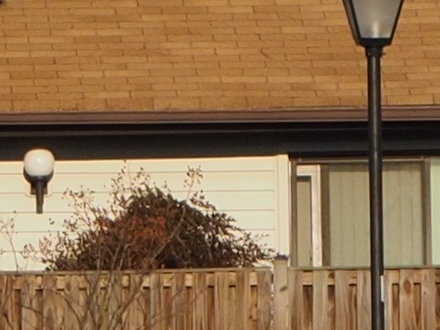
|
F/11 1/250 s |
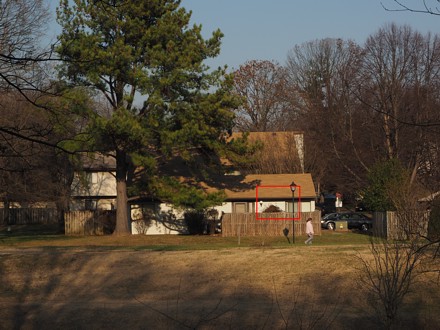
|
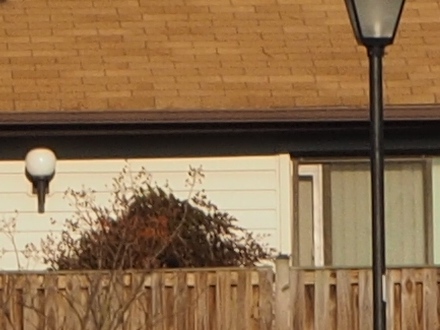
|
| Links to 50 mm full frames: F/6.3 — F/8.0 — F/11 | ||
|
Somewhat fuzzier than the previous two series, but remember — you are viewing samples from a 16-megapixel image! I suspect the contrast would improve with a lens hood: Olympus stopped including hoods with their lenses, obviously preferring to nickel-and-dime their user base. Not a smart move. Again, check detail at the far left, quite impressive.
This is a budget mid-range zoom for the Olympus μFT line. It is also tiny: when collapsed, it's barely longer then the 12-50 mm. And, surprisingly, over the last year or so I learned to respect it. f = 40 mm |
F/4.0 1/2500 s |
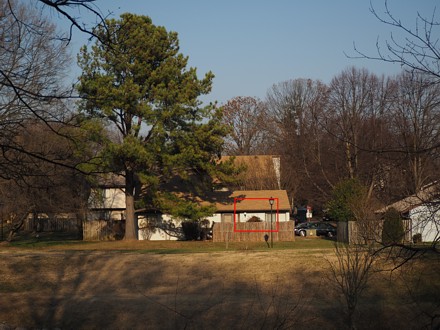
|
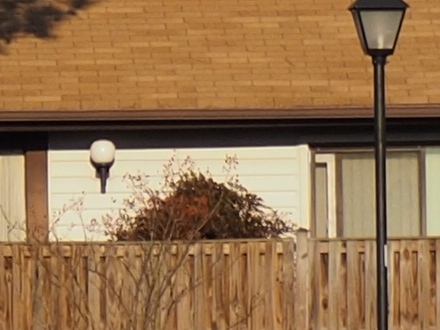
|
F/5.6 1/1250 s |
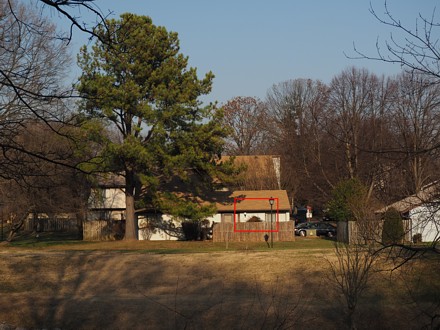
|
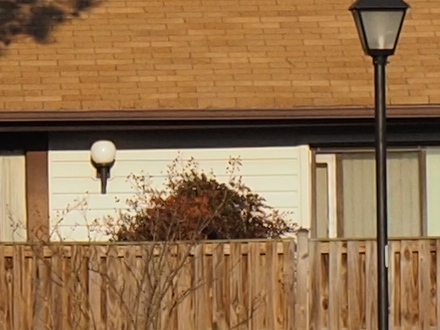
|
F/8.0 1/640 s |
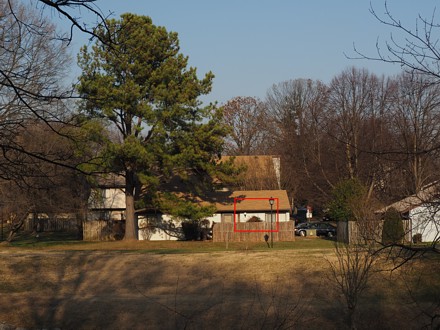
|
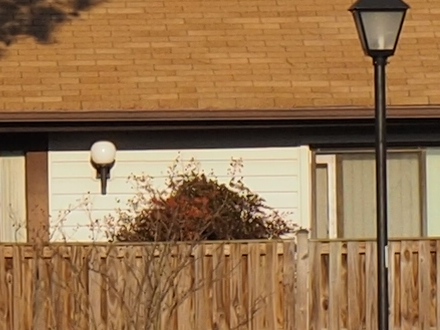
|
F/11 1/320 s |
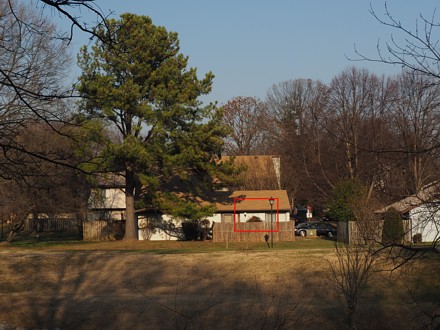
|
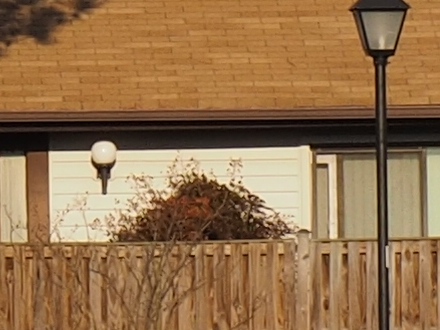
|
| Links to 40 mm full frames: F/4.0 — F/5.6 — F/8.0 — F/11 | ||
|
Even fully-open and at the wide end, this lens deserves, indeed, a respect. Check the corners (just ignore the foreground branches which are out of DoF range). The old grass texture is rendered nicely, without visible artifacts (this was some of a problem in one or two Olympus SLRs (and not only) — perhaps a less obtrusive image engine. f = 70 mm |
F/4.6 1/1600 s |
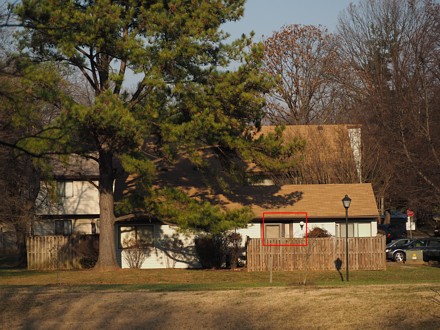
|
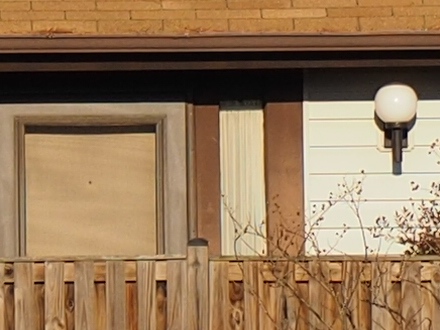
|
F/5.6 1/1000 s |
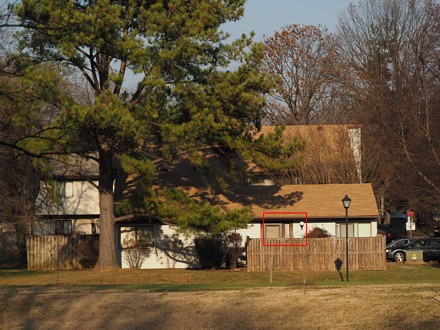
|
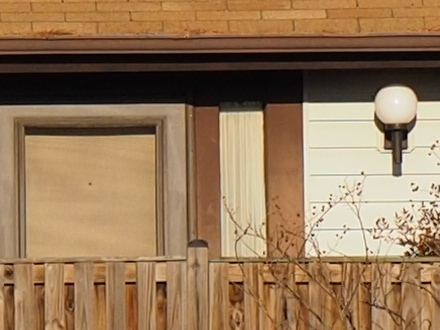
|
F/8.0 1/500 s |
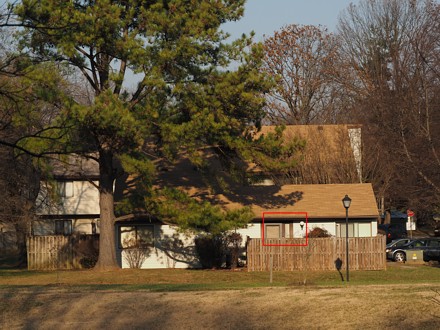
|
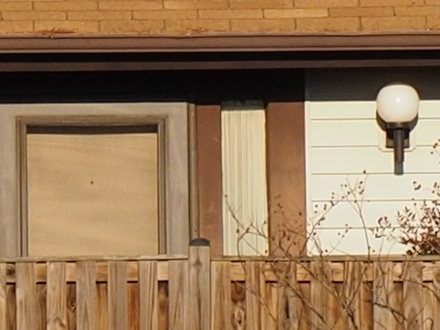
|
F/11 1/250 s |
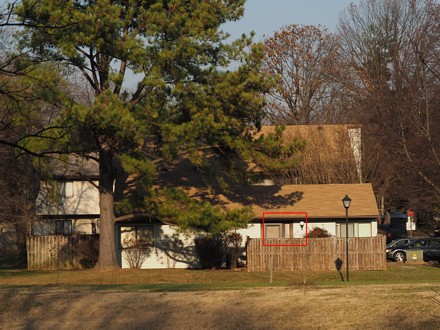
|
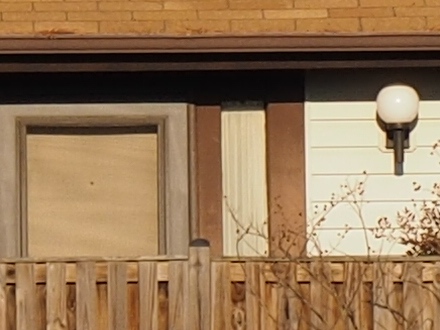
|
| Links to 70 mm full frames: F/4.6 — F/5.6 — F/8.0 — F/11 | ||
|
Now, this is quite yummy. I don't think I need a better mid-range zoom for the E-M1 (especially if it comes without a hood). Again, good performance starts wide open. f = 150 mm |
F/5.6 1/1600 s |
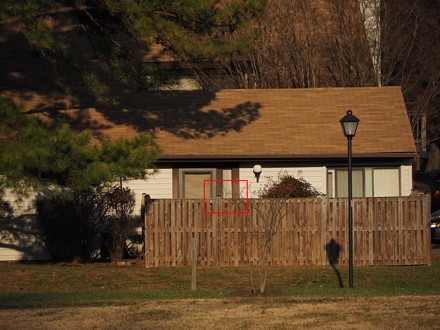
|
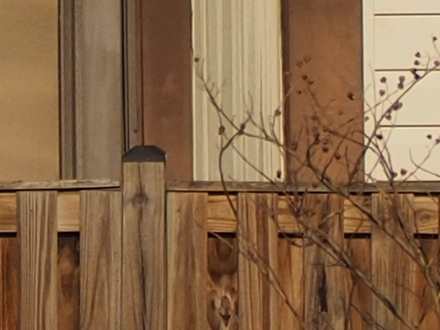
|
F/8.0 1/800 s |
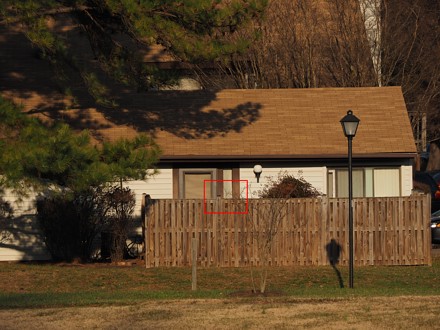
|
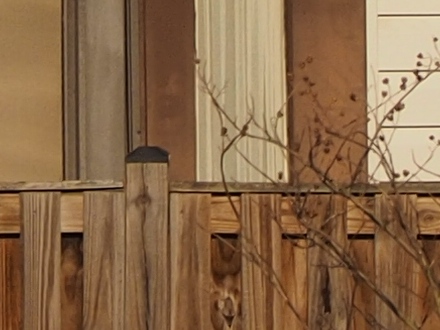
|
F/11 1/400 s |
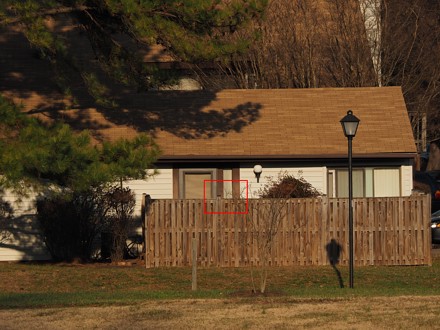
|
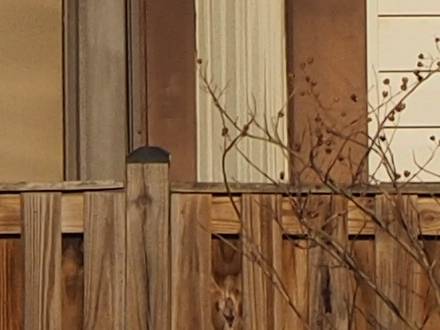
|
| Links to 150 mm full frames: F/5.6 — F/8.0 — F/11 | ||
F/4.8 1/1600 s |
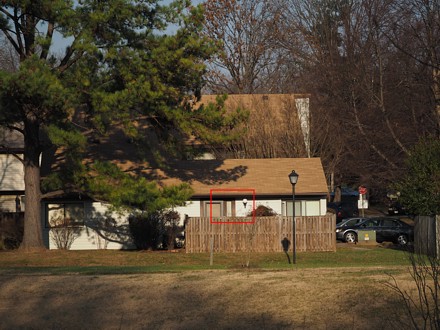
|
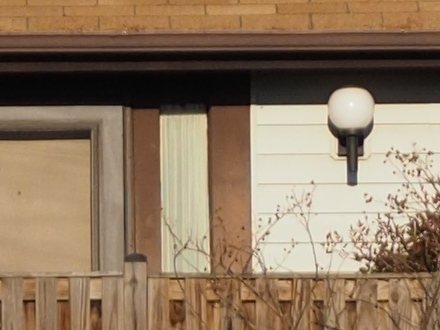
|
F/5.6 1/1000 s |
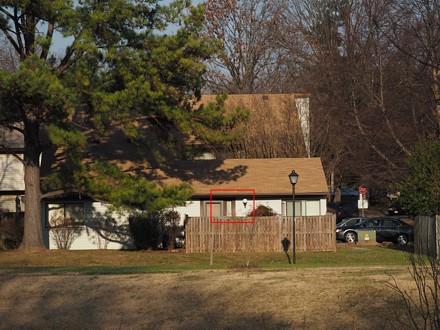
|
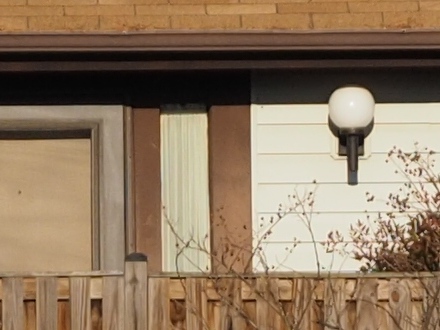
|
F/8.0 1/500 s |
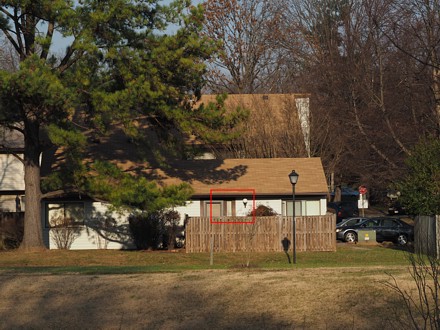
|
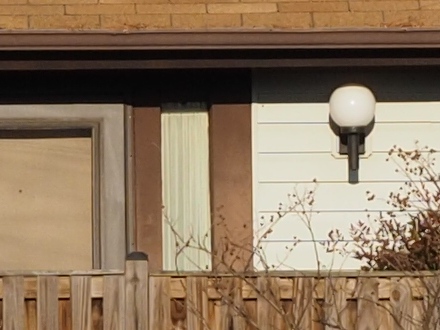
|
F/11 1/250 s |
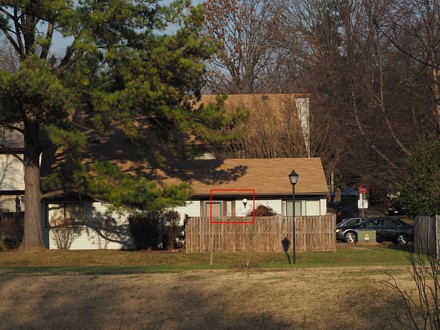
|
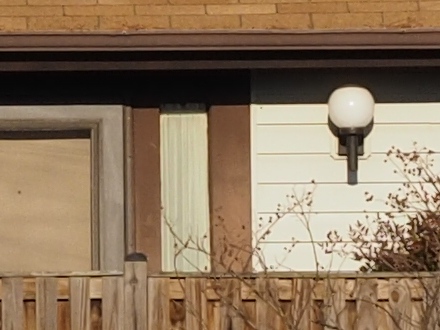
|
| Links to 75 mm full frames: F/4.8 — F/5.6 — F/8.0 — F/11 | ||
|
Going through these in full size made my jaw drop. Check them corner-to-corner and see for yourself. Is this just the lens, or its combination with imaging engine? I have to run a similar sample session with the E-M5, this may clarify the situation a bit; at this moment (in spite of having used that camera for a long time) I just don't know.
f = 150 mm |
F/5.6 1/1600 s |
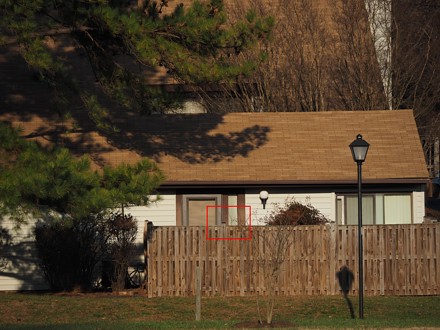
|
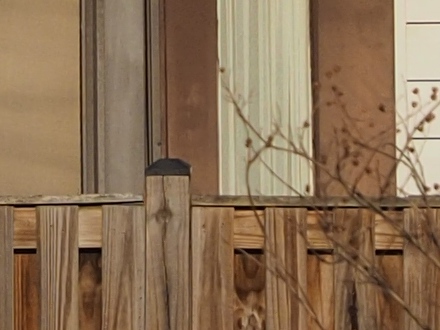
|
F/8.0 1/640 s |
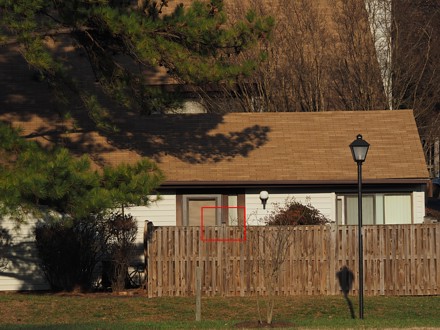
|
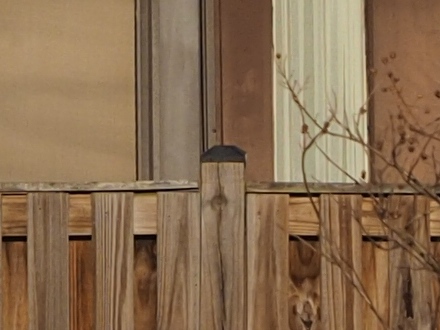
|
F/11 1/320 s |
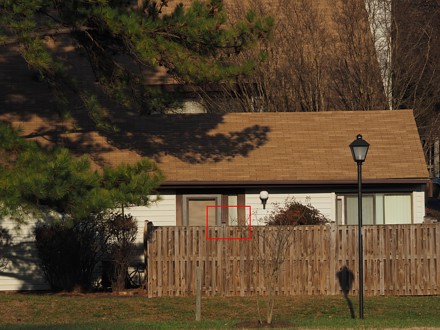
|
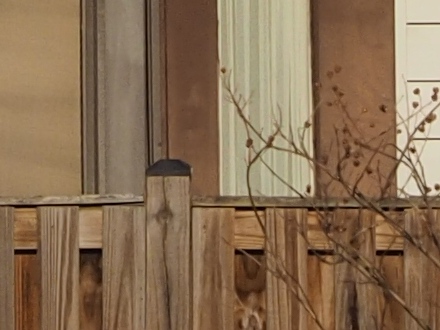
|
| Links to 150 mm full frames: F/5.6 — F/8.0 — F/11 | ||
|
As always, the mid-range looks better than the wide-end, but, in this case, not by far. Lens aside, note that my exposure correction helped in rendering detail up to both extremes: from the white lantern to the right of the door to the dry branches and shaded roof at the top-left corner.
f = 300 mm |
F/6.7 1/1250 s |
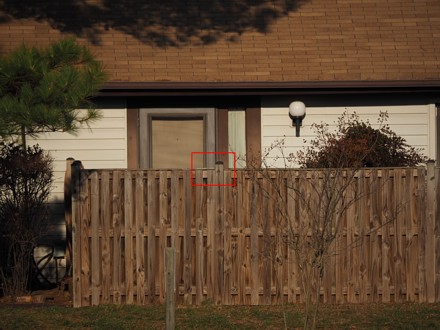
|
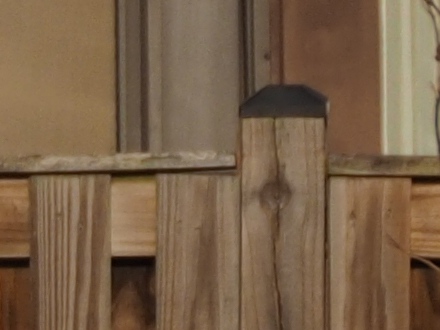
|
F/8.0 1/800 s |
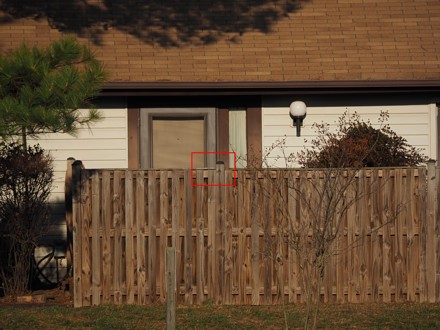
|
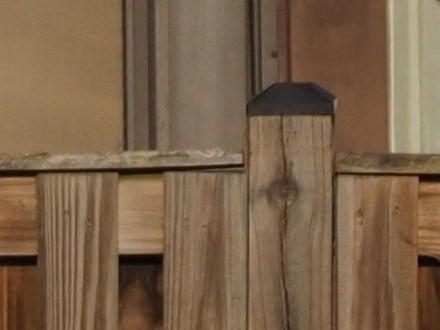
|
F/11 1/400 s |
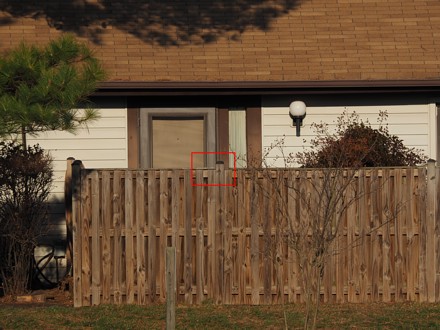
|
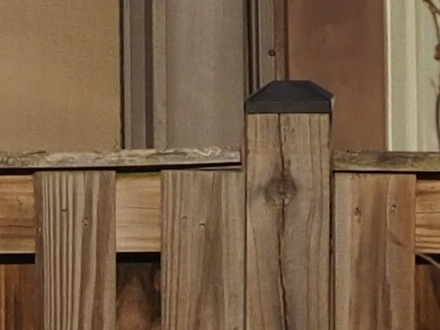
|
| Links to 300 mm full frames: F/6.7 — F/8.0 — F/11 | ||
|
The long end is usually the weak spot of longer tele-zooms. It may be a case here, too, but just. With the lens fully open, we can see some softness in the fence detail, but, again, these are hugely enlarged samples and this is nothing to complain about, a pleasing performance. At F/8 this goes away; surprisingly, at F/11 the image still improves (just a little), in an apparent contradiction to expected diffraction effects. Note the peeping hole in the door and screw heads in the frame.
You may want to compare the samples in this section against ones shot with an E-510 with the ZD 70-300 mm F/4.0-5.6 reviewed elsewhere. That was a good lens, but this is just another league. Instead of conclusionss
This camera, as coupled with the lenses listed above, generates, at least in good light outdoors, better real-life images than those I have shot with any Olympus SLRs I used in the past: and I used them all, except for the So far I can identify three main areas of that advantage: image resolution, handling busy texture details, and highlight detail. The μFT lenses I have tried are all very good (it remains unclear how much of that is due to some image-processing magic in the new TruePic VII engine). The restricted maximum aperture in all of them does not bother me; I rarely need the "creamy bokeh" (I am already tired reading of it), and when I do, I will use the F/1.8, 75 mm ZD. In SLRs the widest apertures (especially in zooms) are useful mostly for viewing; I usually shoot one or two F-stops below. The viewing aspect becomes irrelevant with electronic finders, and the size/weight advantage of new lenses is obvious. While I still to run some tests under different light conditions and at different settings, my expectations have been significantly raised. |

|
My other articles related to the |
| This page is not sponsored or endorsed by Olympus (or anyone else) and presents solely the views of the author. |
| Home: wrotniak.net | Search this site | Change font size |
| Posted 2013/12/04; last updated 2017/02/05 | Copyright © 2013 by J. Andrzej Wrotniak |